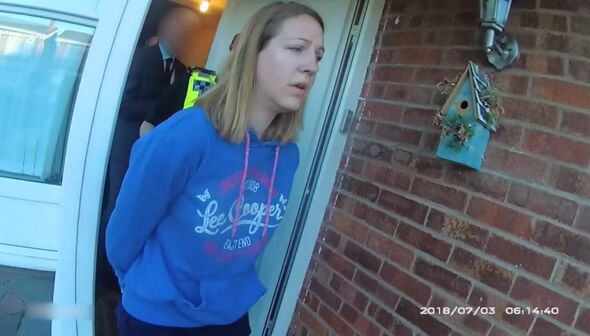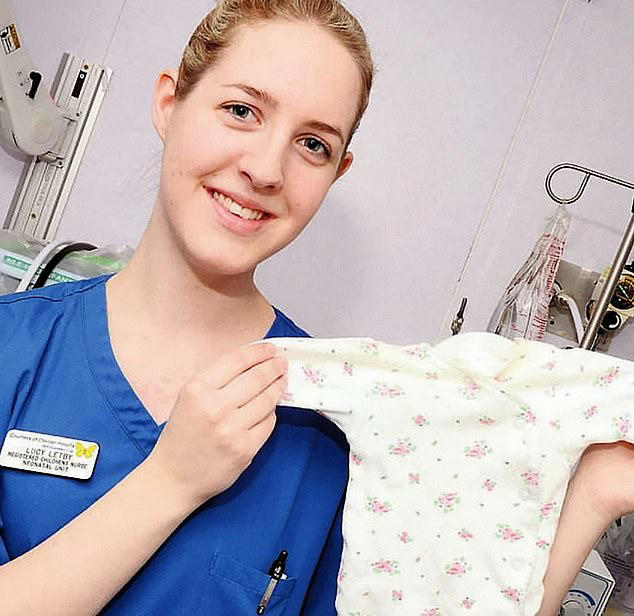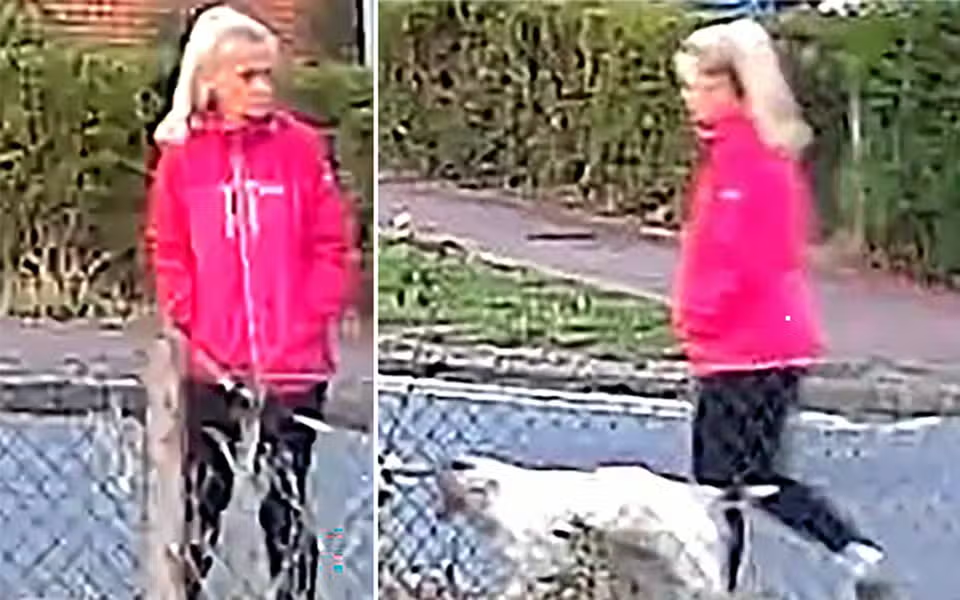
CPS claims that the data from door swipes that showed which staff members entered and exited the newborn unit was “mislabeled” until the retrial phase.
A statement made by the Crown Prosecution Service (CPS) has recognised that the evidence that was produced at the initial trial of Lucy Letby, which showed which staff members entered and exited the newborn unit where she worked, was wrong.
During the previous year, the nurse was found guilty of murdering seven infants and attempting to kill six others at the Countess of Chester hospital, which is located in the north-western region of England. Letby is currently serving 14 sentences that are for life, which means that she will never be freed from jail. She is the most heinous child serial killer in the history of the United Kingdom.
Following a retrial that took place at Manchester Crown Court a month ago, the individual from Hereford, who is 34 years old, was convicted of the attempted murder of another infant who was known as Baby K.
In the course of the case, the prosecutor, Nick Johnson KC, informed the court that the door-swipe data, which revealed which nurses and doctors were entering and exiting the intensive care ward, had been “mislabeled.”

The Crown Prosecution Service said to the Telegraph that the discrepancy that was found was connected to a single door in the newborn critical care unit and that it had been fixed in preparation for the retrial.
According to a statement made by a representative of the Crown Prosecution Service in Mersey-Cheshire, “The CPS can confirm that accurate door-swipe data was presented in the retrial.”
The Conservative Member of Parliament, David Davis, has addressed a letter to Sarah Hammond, the chief crown prosecutor of the Mersey-Cheshire Crown Prosecution Service, requesting that she “urgently make clear” what time problems were made during the first trial and how they related to the case that the prosecution was pursuing.
Davis, who is intending to bring a parliamentary debate after the summer recess, stated that “the door-swipe data is clearly vital to knowing which nurse was where at one point in time, and this in turn was vital to the prosecution’s case in the first trial.” Davis is planning to bring up the debate after the summer season has ended.

“As a result, it is of the utmost importance that the Child Protective Services (CPS) make it clear whether those errors occurred throughout any of the evidence presented during the initial trial.”
At the beginning of the trial, the prosecution stated that a consultant named Dr. Ravi Jayaram had found Letby standing over Baby K at three fifty minutes before the hour on February 17, 2016. As the baby’s condition deteriorated, the breathing tube that was attached to it became dislodged.
The prosecution found that the door-swipe data showed that the assigned nurse for the infant had left the intensive care unit at 3.47 in the morning. On the other hand, during the retrial, the data was altered to indicate that the nurse had returned at that time, which indicates that Letby was not alone.
Both the prosecution and the defence acknowledged that it was an honest mistake at the retrial, and as a result, the nurse was found guilty of attempting to kill Baby K.
Following the inability of the jury in Letby’s initial trial, which took place a year ago, to reach a verdict, she was subjected to a retrial that would continue for three weeks on the single count of attempted murder, which she denied.
The public investigation that Lady Justice Kathryn Thirlwall will be in charge of will start in the month of September. The inquiry will investigate how Letby was able to continue working with infants despite the concerns of senior doctors, who tied her to many instances of questionable behaviour.
“Two juries and three appeal court judges have reviewed a multitude of different pieces of evidence against Lucy Letby, and she has been convicted on 15 separate counts following two separate jury trials,” a representative for Child Protective Services (CPS) said on Saturday.
“We are able to certify that the door-swipe data that was provided in the retrial was accurate.
During the retrial, we clarified this matter in an open and honest manner and made the necessary corrections. It is our firm belief that this matter did not have a significant influence on the prosecution, which consisted of a number of different pieces of evidence being presented.